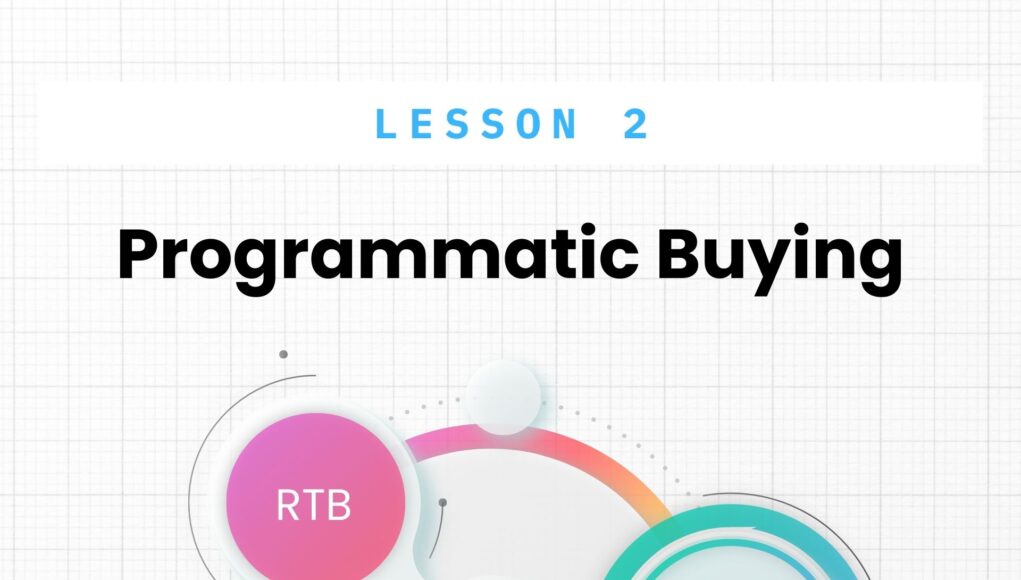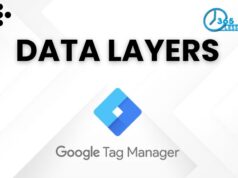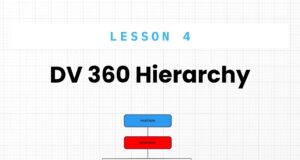Introduction to Programmatic Buying
Programmatic buying is a method of purchasing digital advertising space using software and algorithms, which automates the decision-making process of media buying by targeting specific audiences and demographics. This approach stands out for its efficiency and ability to utilize data for making instantaneous ad buying decisions, ultimately helping advertisers to reach their target audience more effectively.
The landscape of programmatic buying is diverse, encompassing several types, namely Real-Time Bidding (RTB), Private Marketplace (PMP), and Programmatic Direct. Each type offers unique benefits and operates under different conditions to suit various advertising needs and strategies.
1. Real-Time Bidding (RTB)
The Evolution and Impact of RTB
Real-Time Bidding (RTB) represents a significant evolution in the digital advertising world. It has democratized the ad buying process, enabling advertisers of all sizes to compete for ad space in real-time. This has led to a more efficient market, where the value of each impression is determined by immediate demand, rather than predetermined rates.
The RTB Ecosystem
The RTB ecosystem involves several key players: publishers, advertisers, Demand-Side Platforms (DSPs), Supply-Side Platforms (SSPs), and Ad Exchanges. Publishers use SSPs to offer their ad inventory to the market, while advertisers use DSPs to bid on this inventory based on specific targeting criteria. The Ad Exchange acts as the marketplace where these transactions occur.
Advanced Targeting Capabilities
One of the most compelling aspects of RTB is its advanced targeting capabilities. Advertisers can target audiences based on demographics, interests, behavior, and even real-time location, making each ad impression more relevant and potentially more valuable. This level of precision ensures that marketing budgets are spent more effectively, reaching potential customers with higher precision.
The Challenge of Ad Fraud and Solutions
Ad fraud remains a significant challenge within the RTB space, with fraudulent practices such as bot traffic inflating ad impressions and clicks. However, advancements in technology and the introduction of stricter standards and certification processes for participants are helping to mitigate these issues. Advertisers are increasingly leveraging anti-fraud tools and working with reputable partners to safeguard their investments.
Future Trends in RTB
The future of RTB looks promising, with continuous innovations aimed at improving transparency, efficiency, and effectiveness. Emerging technologies like blockchain and AI are being explored to enhance the security and intelligence of RTB platforms, promising a more robust and trustworthy ecosystem for digital advertising.
2. Private Marketplace (PMP)
The Evolution of PMPs in Digital Advertising
The digital advertising landscape has evolved significantly with the introduction of PMPs, providing a middle ground between the open auction’s unpredictability and the rigidness of direct deals. PMPs came as a solution for advertisers and publishers seeking quality and control without completely forsaking the efficiency and scale of programmatic technology.
Advantages
- Brand Safety: Advertisers have more control over the environment where their ads are placed, reducing the risk of appearing next to unsuitable content.
- Quality Traffic: Publishers in PMPs are typically well-regarded, with high-quality content and engaged audiences, leading to better performance metrics for advertisers.
- Efficiency: While more controlled, PMPs still offer the efficiency of programmatic buying, with automation streamlining the ad buying process.
Enhanced Real-world Example
A high-end fashion brand launches a new collection and wants to ensure its ads appear on websites that align with its brand image. By utilizing a PMP, the brand partners with a curated list of fashion and lifestyle publishers. This approach not only elevates the brand’s prestige but also targets consumers with a proven interest in luxury fashion, ensuring a higher return on investment.
3. Programmatic Direct
Programmatic Direct allows for more strategic planning and execution of digital advertising campaigns. It is particularly beneficial for long-term campaigns where consistency in ad placement and timing is crucial. This method often involves detailed discussions and agreements, making it suitable for advertisers with specific needs and goals.
Benefits of Programmatic Direct
- Guaranteed Visibility: Advertisers secure their desired inventory, ensuring their ads are seen by their target audience.
- Control Over Ad Placement: Direct agreements specify exactly where ads will appear, allowing for alignment with content that resonates with the advertiser’s audience.
- Predictable Costs: Fixed pricing simplifies budget planning and eliminates the uncertainty of bidding wars.
Example
A university aiming to boost its online MBA program decides to use Programmatic Direct for its campaign. It partners with several educational platforms and forums, securing ad spaces that are frequently visited by prospective students. This strategic placement ensures the ads are consistently visible to a relevant audience, significantly increasing inquiries and enrollments.
Choosing the Right Programmatic Buying Method
Strategic Considerations
- Campaign Objectives: Define what success looks like for your campaign, whether it’s brand awareness, lead generation, or sales.
- Audience Insights: Understand where your target audience spends their time online and their behaviors to choose the method that best aligns with these insights.
- Budget Flexibility: Consider your budget’s flexibility and how it aligns with the cost structures of RTB, PMP, or Programmatic Direct.
Making an Informed Decision
Advertisers must weigh the benefits and limitations of each programmatic buying method against their campaign goals and resources. It’s also essential to remain flexible, as the digital advertising landscape is continually evolving. Testing different approaches and analyzing performance data can help refine strategies over time.
Conclusion
As the digital advertising world grows increasingly complex, the distinctions between RTB, PMP, and Programmatic Direct become more critical for advertisers to understand. Each offers unique benefits that, when leveraged correctly, can significantly enhance the effectiveness of online advertising campaigns. By carefully considering their specific needs, audience, and goals, advertisers can select the programmatic buying method that best suits their campaign, ensuring optimal reach, engagement, and ROI. The future of advertising is data-driven, and mastering these programmatic buying methods is key to staying competitive and achieving success in the digital age.
5 Key Takeaways from This Article
- Understanding Programmatic Buying Types is Crucial: Recognizing the differences between RTB, PMP, and Programmatic Direct is essential for advertisers to leverage the digital advertising ecosystem effectively. Each method serves different needs, from efficiency and targeting precision to control over placement and audience quality.
- Real-Time Bidding Offers Unparalleled Efficiency: RTB revolutionizes ad buying by allowing real-time auctions for each ad impression, offering a level of targeting precision and efficiency unmatched by traditional methods. Its dynamic nature ensures that ads are served to the most relevant audience at the right time.
- Private Marketplaces Combine Quality with Control: PMPs offer a middle ground, providing advertisers access to premium inventory with more control and less competition than found in the open market. This method suits brands seeking a balance between targeting efficiency and placement quality.
- Programmatic Direct Guarantees Placement and Price: For advertisers prioritizing certainty in ad placement within premium contexts, Programmatic Direct offers a fixed-price, guaranteed inventory approach. It’s ideal for strategic campaigns where placement and context are critical.
- Continuous Innovation Shapes the Future of Advertising: The digital advertising landscape, particularly within programmatic buying, is continuously evolving. Advances in technology and data analytics are driving more efficient, transparent, and secure methods, promising an even more effective future for digital advertising.








